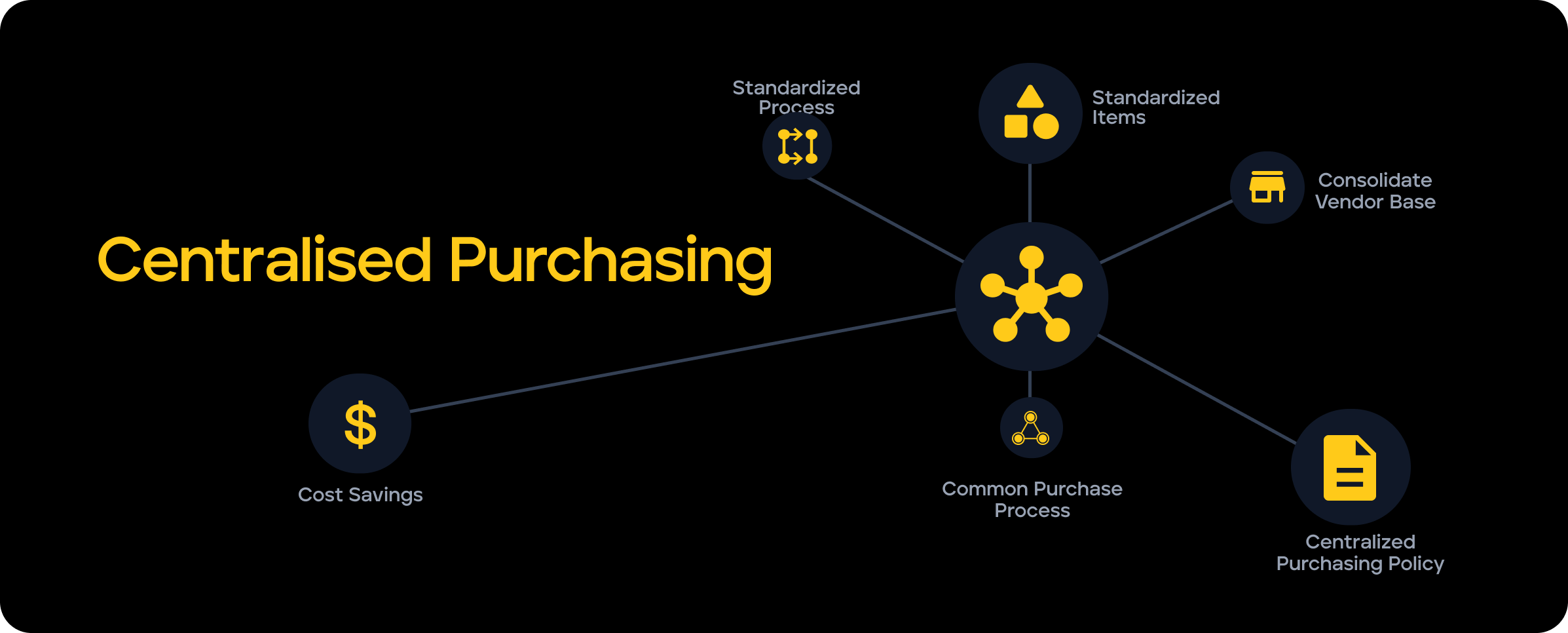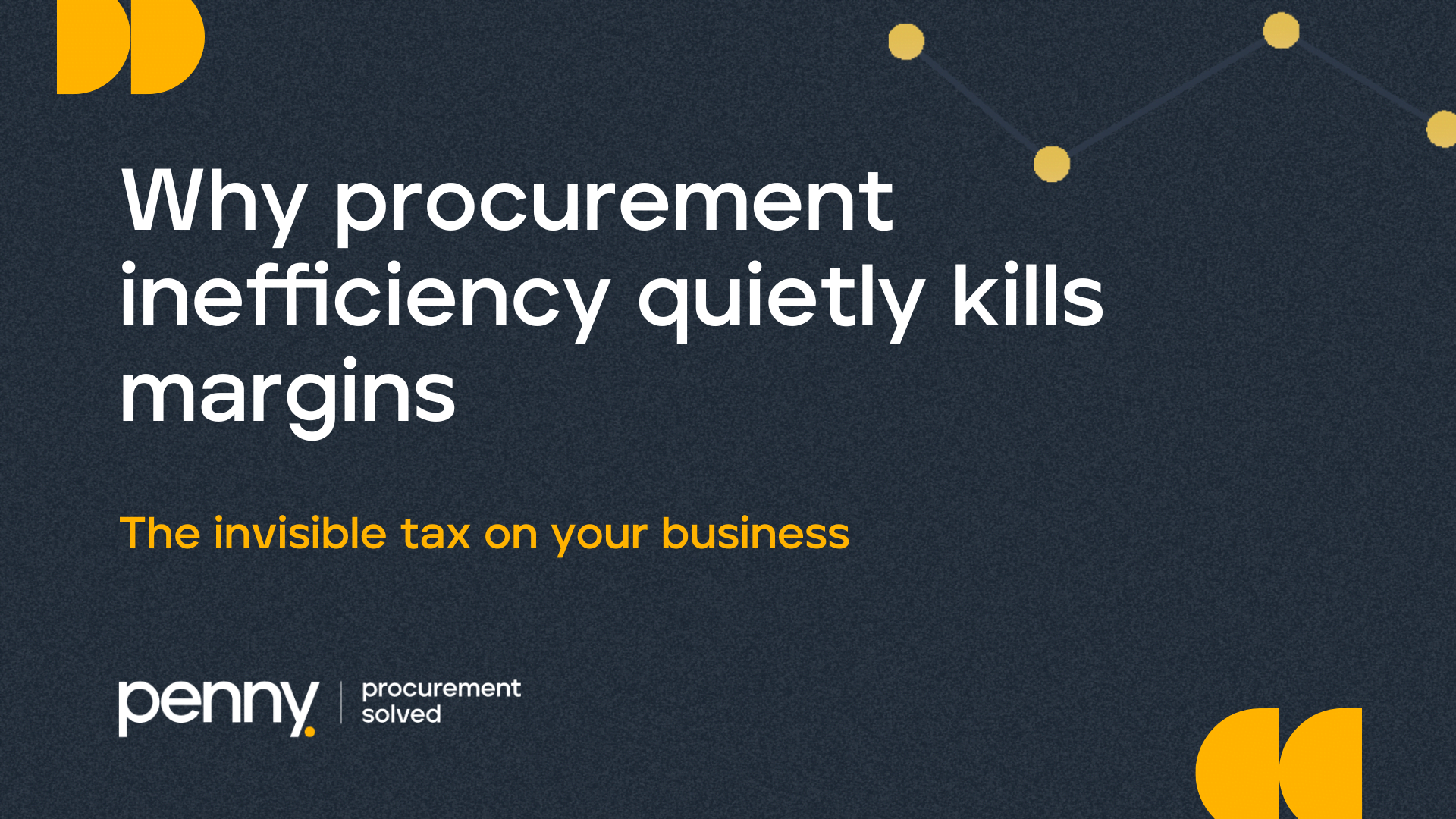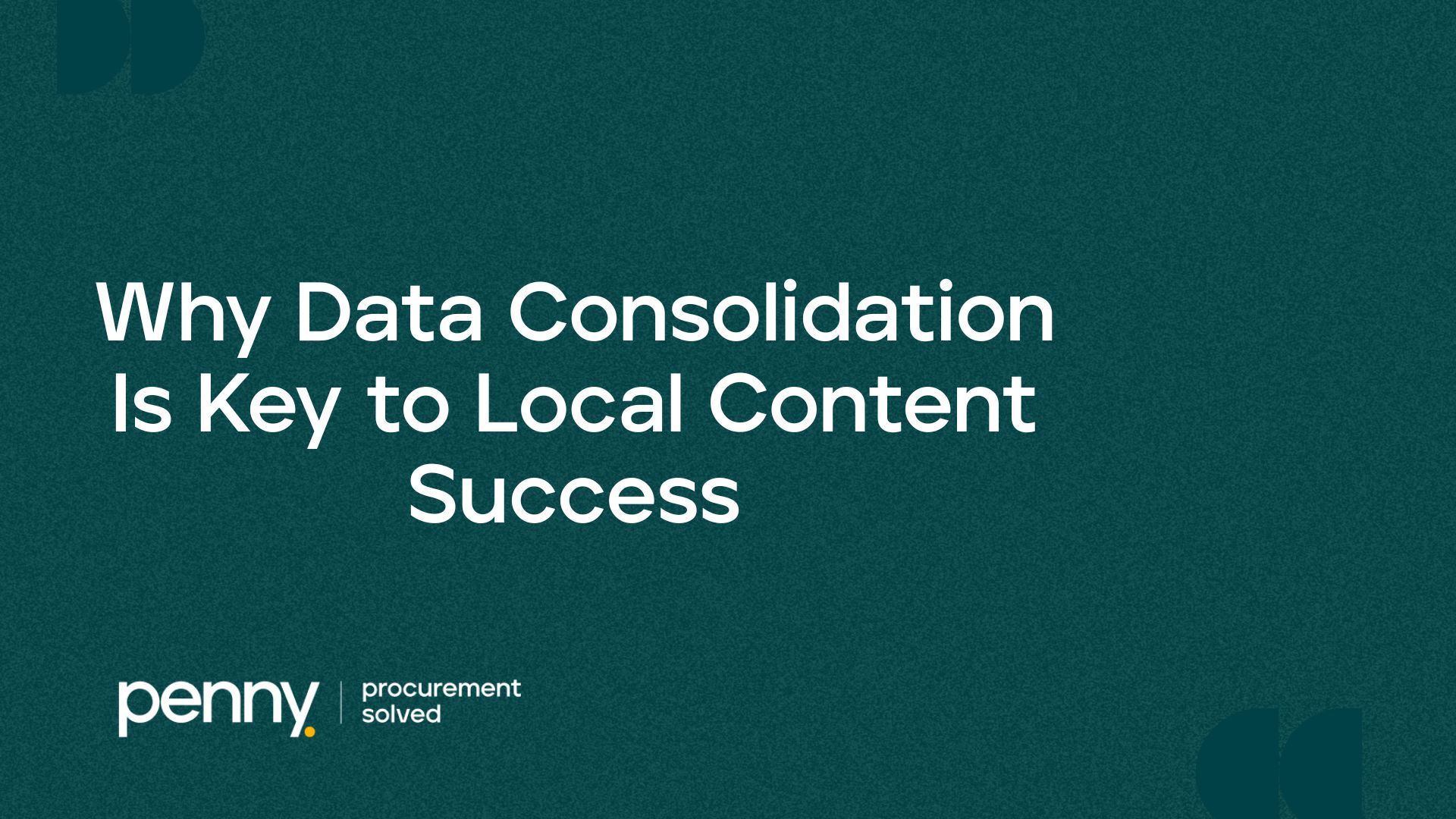For many companies, centralized purchasing can save time, money, and manpower. But, for others, it risks becoming a bottleneck and a hindrance to productivity. So, what’s the solution?
There are many reasons why companies choose to build a centralized purchasing system. For some firms, it helps to reduce tail spend and streamline procurement, but for others, it can create bottlenecks and a sense of unnecessary bureaucracy. Yet there is general agreement that a centralized approach is more likely to decrease risk, save costs and build better vendor relationships.
The Case for Centralized Purchasing
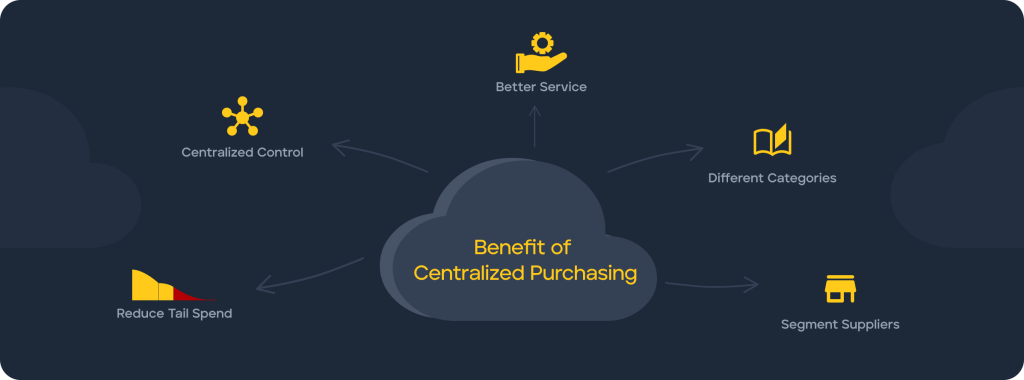
One of the more obvious benefits of centralized purchasing is that it places a company’s spending under centralized control with total visibility on every penny spent. This makes it possible to reduce the risk of tail spend, stop impulse spot buying and eliminate non-compliant purchasing. It also makes it impossible for employees to buy from unapproved suppliers and creates greater contract management control.
This latter benefit is one of the most important benefits. By bringing all purchasing together under one roof, a procurement team gains the ability to leverage their supplier relationships. Centralized purchasing sheds light on poorly constructed contracts and makes it possible to renegotiate terms in a competitive environment through a request for proposal (RFP). It also then becomes possible to segment suppliers into different categories: office supply companies or recruitment agencies, for example.
Segmentation is an intelligent way for a company to understand what is being spent on specific categories. With such a deep level of visibility, firms can build lists of preferred suppliers and enter into mutually beneficial long-term partnerships that enhance service levels and reduce costs. This opens the door to spend and supplier cost analysis – delivering insights that can lead to better value for money and the best services available on the market.
The Case Against Centralized Purchasing
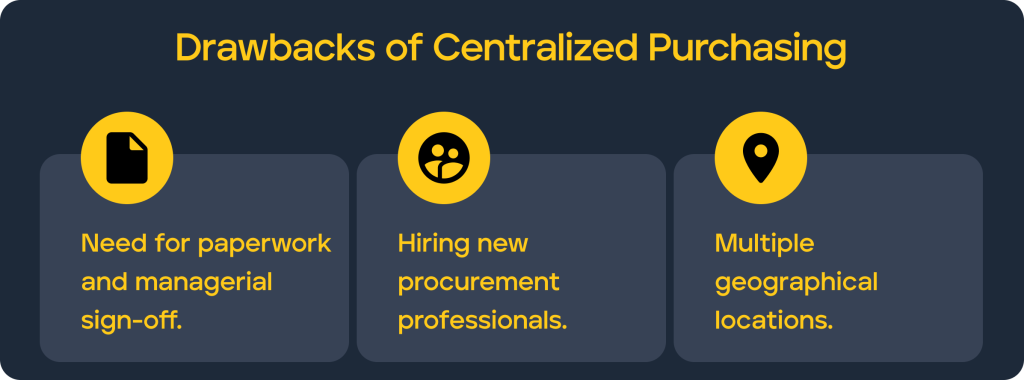
While there are many clear benefits to adopting a centralized purchasing model, there are drawbacks – particularly for smaller or fledgling companies with neither the resources nor scale to warrant building a centralized purchasing function. It is also true that, by definition, any centralized function acts as a gateway – or a gatekeeper. For such companies, a decentralized purchasing model may be preferred.
Many companies will struggle to run every purchasing decision through a separate team that imposes the need for paperwork and managerial sign-off. For some, this can be frustrating and viewed as an unnecessary layer of bureaucracy that stifles agility. For some companies, building a centralized purchasing function can mean hiring new procurement professionals. For those who do, it can become challenging to make a precise cost-benefit analysis between paying new salaries and the potential savings a centralized purchasing model may deliver.
Furthermore, businesses with locations across multiple geographies often cannot take advantage of bundled discounts – which is one of the greatest benefits of a centralized purchasing model. In such circumstances, a hybrid model with a request management system is a potential fix, allowing some teams in some locations to make their purchases without the need for centralized approval. This does increase the risk of tail spend, of course – but for the sake of efficiency, it can be an acceptable compromise.
The Case for Automated Centralization
For all companies – large or small – purchasing flexibility and visibility are vanguards for efficiency and accountability. When we have the ability to act decisively and transparently, without having to wait for human sign-off, we are instilled with an instant sense of confidence. Digital, cloud-based automation can do that rapidly, easily, and affordably.
Digital end-to-end procure-to-pay platforms like Penny make it possible for even small companies to launch a digital purchasing platform in no time. As a centralized purchasing technology, Penny leverages machine learning and AI to build a bespoke vendor relationship management platform that all managers can tap into – from anywhere. Penny was designed to make things easy and to consolidate all of your organization’s spending needs into one intelligent system– and it has been certified by ProcureTech, AMP, and Kearney Consulting as one of the 100 most innovative procurement solutions globally.
The penny solution is clear: a fluid, highly visible centralized purchasing system that is easy to integrate into existing CRM and ERM systems, accessible to all, cost-effective, and designed to secure great value from suppliers. With Penny, there are no pros and cons – just good business.
